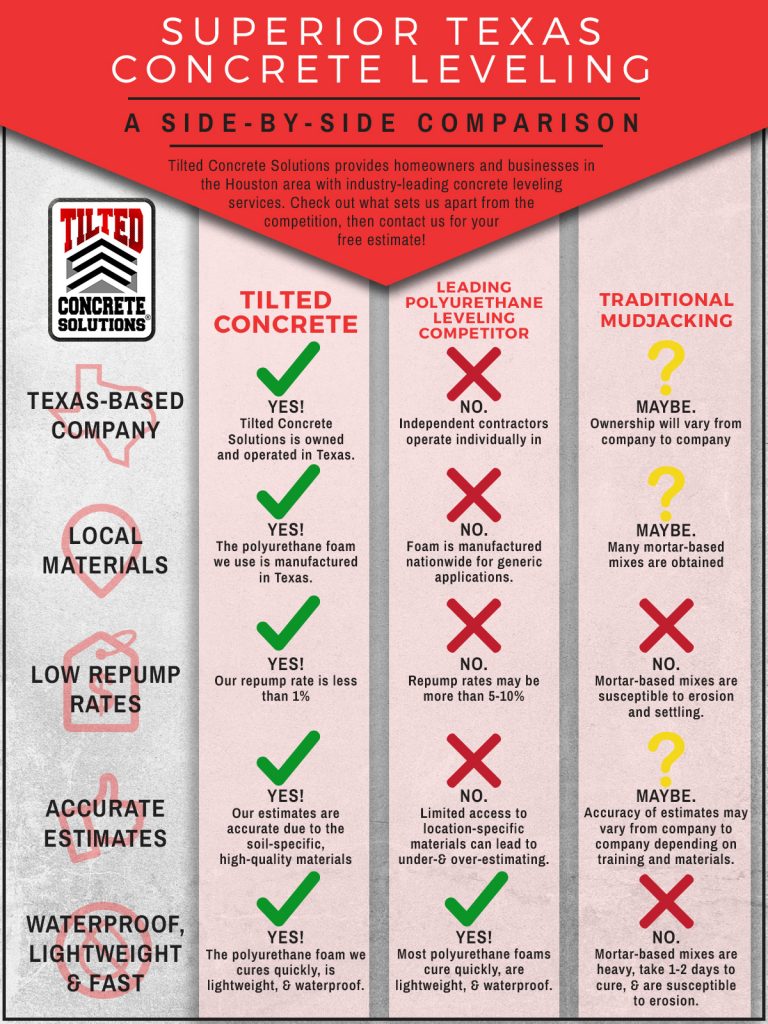Check Out The Influence Of Seasonal Aspects On The Performance Of Industrial External Painting And Recognize The Optimum Times To Accomplish Long-Lasting Outcomes For Your Job
Check Out The Influence Of Seasonal Aspects On The Performance Of Industrial External Painting And Recognize The Optimum Times To Accomplish Long-Lasting Outcomes For Your Job
Blog Article
Team Writer-Doherty Chaney
When you're planning an industrial external paint project, seasonal elements can make or break your outcomes. You'll want to think about how temperature and moisture impact paint application and drying out times. Choosing https://interior-home-painters-ne98757.bloggazza.com/33358601/picking-the-right-house-painters-unlocking-the-keys-to-a-stunning-home-makeover can guarantee your paint sticks effectively and lasts much longer. But which mouse click the up coming post are really the best for this type of job? Let's explore the key elements that can affect your project's success.
The Influence of Temperature on Paint Application
When you're intending a commercial exterior paint project, the temperature can significantly affect how well the paint sticks and dries.
Preferably, you want to paint when temperature levels range in between 50 ° F and 85 ° F. If https://www.bhg.com/news/paint-color-personality/ 's too cold, the paint may not cure appropriately, leading to issues like peeling off or splitting.
On the flip side, if it's as well warm, the paint can dry out also promptly, preventing correct bond and leading to an unequal finish.
You ought to additionally consider the time of day; morning or late afternoon uses cooler temperatures, which can be more desirable.
Constantly inspect the manufacturer's recommendations for the particular paint you're making use of, as they commonly give guidance on the suitable temperature level array for ideal results.
Humidity and Its Result on Drying Times
Temperature isn't the only environmental factor that affects your business external painting job; humidity plays a substantial role as well. High humidity degrees can reduce drying out times significantly, impacting the general high quality of your paint work.
When the air is saturated with dampness, the paint takes longer to cure, which can result in problems like bad bond and a greater danger of mildew growth. If you're painting on a particularly humid day, be planned for prolonged wait times in between layers.
It's critical to check local weather conditions and plan accordingly. Preferably, aim for humidity levels in between 40% and 70% for optimal drying out.
Maintaining these factors in mind ensures your task remains on track and delivers an enduring coating.
Best Seasons for Commercial Outside Paint Projects
What's the most effective season for your industrial outside paint projects?
Springtime and early loss are commonly your best options. During these seasons, temperatures are light, and humidity degrees are often lower, producing ideal problems for paint application and drying.
Prevent summertime's intense heat, which can create paint to completely dry also quickly, bring about poor bond and coating. Likewise, wintertime's cool temperatures can impede correct drying out and curing, running the risk of the durability of your paint job.
Go for days with temperatures in between 50 ° F and 85 ° F for optimum outcomes. Remember to check the neighborhood weather forecast for rainfall, as damp problems can wreck your job.
Preparation around these factors ensures your paint task runs smoothly and lasts much longer.
Conclusion
In conclusion, planning your commercial outside painting jobs around seasonal factors to consider can make a considerable distinction in the end result. By organizing job during the ideal temperatures and moisture degrees, you'll guarantee far better bond and drying times. Remember to keep an eye on local weather report and choose the right time of year-- spring and very early autumn are your best options. Taking these actions will certainly assist you achieve a resilient and professional coating that lasts.
